In Images: Real-Life 'Star Trek' Health-Monitoring Tech
Zensor device
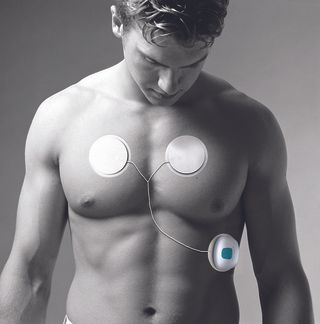
The X Prize Foundation is hosting a $10 million competition to develop a mobile health-monitoring device that can diagnose and interpret a set of 15 medical conditions and monitor five vital signs, just like the medical tricorder device in the fictional "Star Trek" universe. Here are devices from some of the finalists.
At left: Team Zensor, from Belfast, Northern Ireland, developed a device that can measure echocardiogram (ECG), respiration rate, temperature, motion, and blood and urine samples.
Read full story
Danvantri device
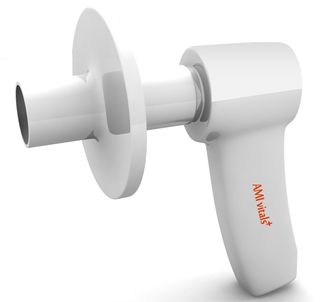
Team Danvantri, headquartered in Chennai, India, has a device that can measure blood pressure, temperature and blood oxygen, and is working on a newer version that can also measure ECG, breathing, blood chemistry and glucose.
Read full story
MESI device
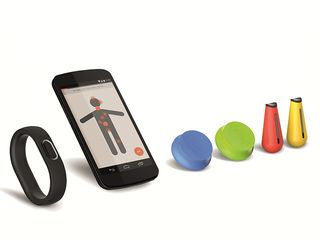
Team MESI Simplifying diagnostics, of Ljubljiana, Slovenia, has a system that consists of a medical wristband and modules that monitor vital signs from sight, sound, urine and blood.
Read full story
Final Frontier device
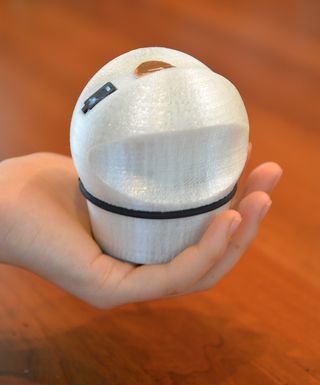
Team Final Frontier Medical Devices, of Paoli, Pennsylvania, developed a device that uses artificial intelligence that draws on experience with real emergency room patients.
Read full story
DMI device
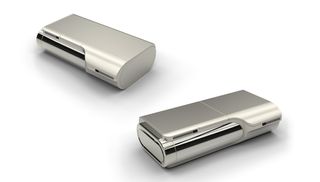
Team DMI, of Cambridge, Massachusetts, has a device which they tested on a series of parabolic "zero-G" flights - the conditions a real star traveler might experience!
Read full story
CloudDx device
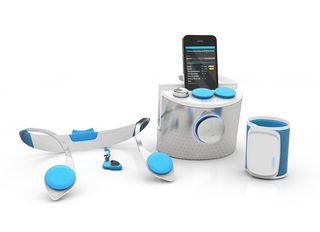
Team CloudDx of Toronto, Canada, has developed a necklace and cuff that can measure pulse, ECG, blood oxygenation and temperature, as well as other medical parameters.
Read full story
Sign up for the Live Science daily newsletter now
Get the world’s most fascinating discoveries delivered straight to your inbox.

